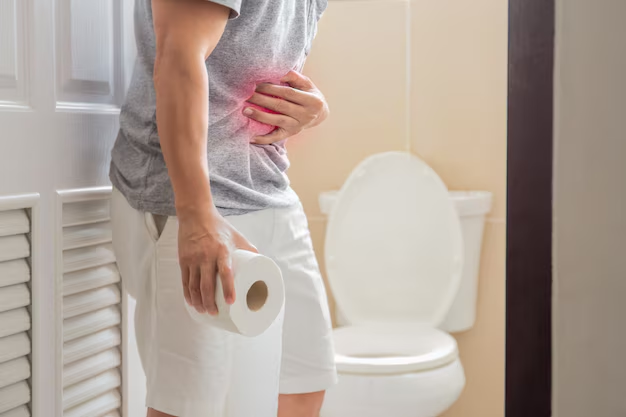Understanding Stool Incontinence: What You Need to Know
Imagine facing a constant worry about experiencing unexpected accidents at the most inconvenient times. This is the reality for many individuals living with stool incontinence, a condition that can significantly impact daily life. But what exactly is stool incontinence, and how can those affected manage it effectively?
Stool incontinence, also known as fecal incontinence, is the inability to control bowel movements, leading to unexpected passage of stool. This distressing and often embarrassing problem can range from occasional leakage of stool or gas while passing wind to complete loss of bowel control. The frequency and severity can differ vastly among individuals, impacting their emotional and social well-being.
What Causes Stool Incontinence?
There are several factors that may contribute to the development of stool incontinence:
- Muscle Damage: Injury to the anal sphincter muscles during childbirth or surgery can weaken them, making control difficult.
- Nerve Damage: Conditions such as diabetes, multiple sclerosis, or a history of a stroke can impair the nerves that oversee bowel movements.
- Chronic Constipation or Diarrhea: Long-term constipation can cause stool buildup and widening of the rectum, resulting in leaky accidents. Diarrhea can complicate the ability to control the bowel.
- Aging: The pelvic floor muscles naturally weaken with age, affecting bowel control.
- Certain Medical Conditions: Disorders like irritable bowel syndrome (IBS), Crohn's disease, or rectal prolapse can increase risks.
Managing Stool Incontinence
Although it poses challenges, there are several ways to manage stool incontinence:
- Dietary Changes: Increasing fiber intake can help regulate bowel movements.
- Pelvic Floor Exercises: Strengthening these muscles can offer more control over bowel movements.
- Medications: Options vary from anti-diarrheal drugs to dietary bulking agents.
- Surgical Options: For severe cases, procedures are available to repair damaged muscles.
Medical professionals can help determine the most suitable treatment plan.
Transitioning to Financial Solutions
Living with stool incontinence can be expensive, considering the costs of treatments, medications, and potentially specialized clothing or pads. For individuals facing financial challenges, exploring assistance programs and solutions is crucial.
Financial and Educational Resources
Below are options that can offer some relief in managing the economic demands of stool incontinence:
- 🏥 Government Healthcare Programs: Medicaid and Medicare can assist with treatment costs for eligible individuals.
- 💸 Financial Aid: Nonprofit organizations may provide help to offset medical expenses.
- 💳 Credit Card Solutions: Look for credit cards with medical expense categories to manage upfront costs.
- 🎓 Educational Grants: Education on managing the condition may be subsidized through community programs.
Effectively addressing both the physical and financial aspects of stool incontinence is key to navigating this challenging condition with greater ease and peace of mind.

Related Topics
- a Patient You Are Caring For Uses Incontinence Briefs
- Are Incontinence Products Tax Deductible
- Are Incontinence Supplies Covered By Medicare
- Are Incontinence Supplies Tax Deductible
- Can a Bladder Infection Cause Urinary Incontinence
- Can a Kidney Stone Cause Incontinence
- Can a Urinary Tract Infection Cause Incontinence
- Can a Uti Cause Incontinence
- Can Constipation Cause Incontinence
- Can Constipation Cause Urinary Incontinence